- Home Page
- Books
- Articles
- The Tribes
- Presentations
- Bonus Material
Ancient History Reconsidered
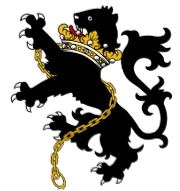
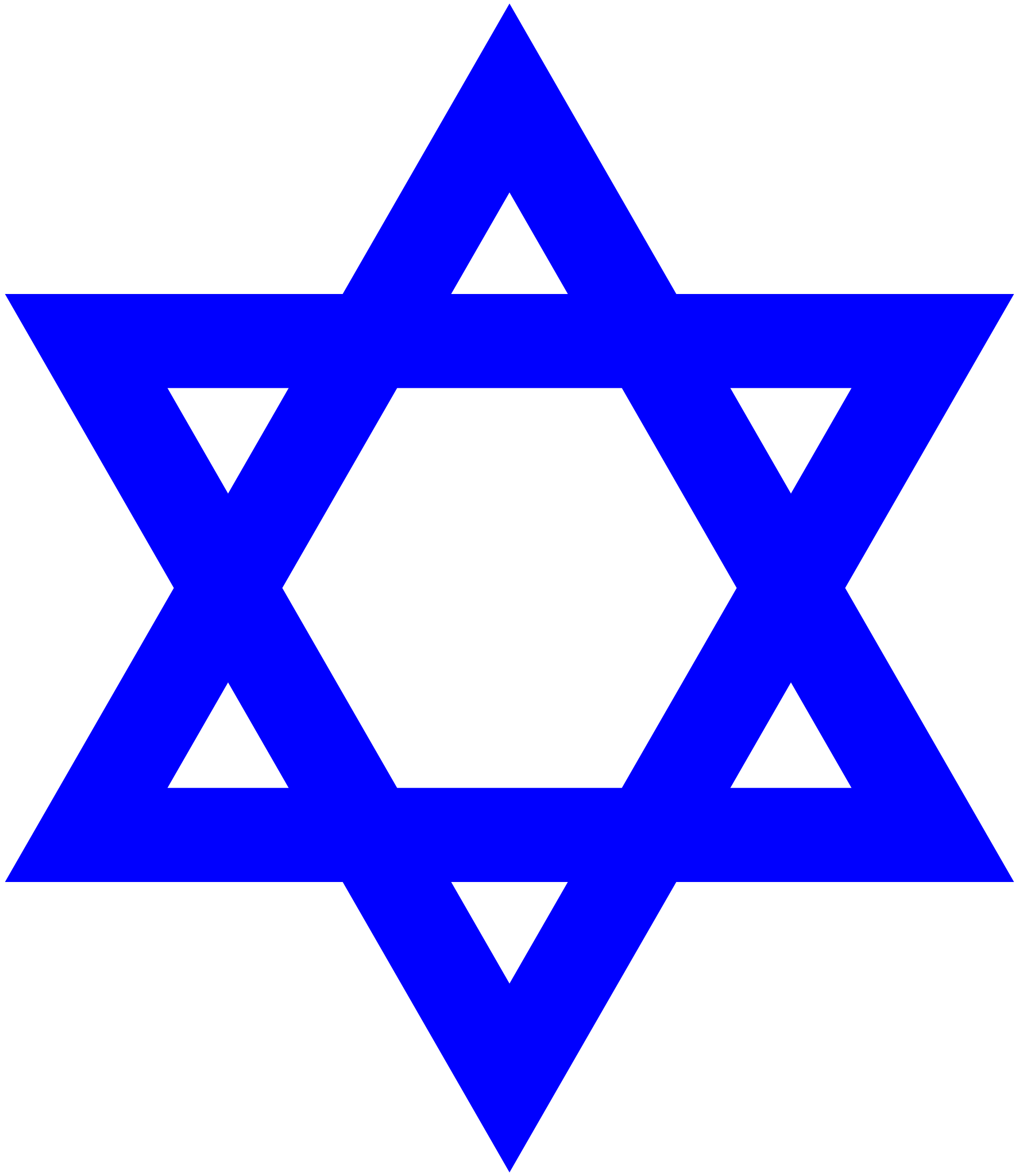
The Tribe of Levi:
When the Patriarch Yaakov (Jacob) blessed his sons, Shimon and Levi were the only two tribes who did not receive a blessing:-
“Simeon and Levi are brethren; weapons of violence their kinship. Let my soul not come into their council; unto their assembly let my glory not be united; for in their anger they slew men, and in their self-will they houghed oxen [var. digged down a wall]. Cursed be their anger, for it was fierce, and their wrath, for it was cruel; I will divide them in Jacob, and scatter them in Israel.” (Gen. 49:5-7)
The story of how they took the law into their own hands and killed Shechem and his family, who were prepared to do the right honourable thing after Shechem slept with and defiled their sister Dinah, is recounted in Genesis Chap. 24.
Note that Yaakov prophesied that the Levites were to be divided between Israel and Judah. Only those who have remained with Judah have stayed true and faithful to the Lord. Pliny, for example, mentions a tribe of Levites (he called them Laevi) who were in his day (middle of the 1st century ce) in northern Italy:-
“and the town of Ivrea, founded by the Roman nation by order of the Sibylline Books – the name comes from the Gallic word for a man good at breaking horses –, Vercelli, the town of the Libicii, founded from the Sallui, and Novara founded from Vertamacori, a place belonging to the Vocontii and now-a-days a village, not (as Cato thinks) belonging to the Ligurians; from whom the Laevi and Marici founded Ticinum not far from the Po, just as the Boians, coming from the tribes across the Alps, founded Lodi and the Insubrians Milan.”1
Ivrea (the town mentioned above) is a variant spelling of Hebrew. The Marici were descendants of Machir son of Menashe, Marici being a metathesis of Machir. The Boians (var Boiians) were Issacharites. They are discussed in more detail in The Forgotten Tribe of Naphtali & the Phoenicians.
Also, in Judges Chapters 17 & 18, we read of a Levite who was employed by “a man of the hill-country of Ephraim, whose name was Micah” (Judg. 17:1) to be his priest:-
“And Micah consecrated the Levite, and the young man became his priest, and was in the house of Micah.” (Judg. 17:12)
In disobedience to the law of Moshe (i.e. Moses), Micah had made for himself a graven image and a molten image as well as his own ephod and teraphim. (Judg. 17:4-5) We are told that a family of Danites subsequently came along and stole these possessions to worship themselves and took the Levite with them to be their priest. (Judg. 18:18-20)
The tribe of Levi was nevertheless chosen by the Almighty for a special purpose:-
“And I, behold, I [the Lord] have taken the Levites from among the children of Israel instead of all the firstborn that openeth the matrix among the children of Israel: therefore the Levites shall be mine.” (Num. 3:12)
They were chosen specifically to be intercessors between the Almighty and man:-
“But the Levites shall do the service of the tabernacle of the congregation, and they shall bear their iniquity: it shall be a statute for ever throughout your generations, that among the children of Israel they have no inheritance.” (Num. 18:23)
Even the writers of The New Testament acknowledged their importance:-
“The scribes and the Pharisees sit in Moses’ seat: All therefore whatsoever they bid you observe, that observe and do; but do not ye after their works: for they say, and do not.” (Matt. 23:2-3)
Referring to the Jews allegorically as an olive tree, the Apostle Paul also stressed to the Gentiles the importance of not raising one’s head against the true vine:-
“And if some of the branches be broken off, and you, being a wild olive tree, were to be grafted in among them, and with them partake of the root and fatness of the olive tree, do not boast against the branches. But if you boast, you bear not the root, but the root you. You will then say ‘The branches were broken off that I might be grafted in’. Well then, because of their unbelief, they were broken off, but you stand by faith. Be not highminded, but fear. For if God spared not the natural branches, beware lest he spares not you either.” (Rom. 11:17-21)
The Jews are therefore the true olive tree into which Gentiles are supposed to have been grafted. Most Christians today are followers instead of the Roman Catholic doctrines which are contrary to the teachings of the “New Testament” writers. There are those who desire to deprive the Jews of their birthright by trying to break them away from the true olive tree and to plant them on their own wild olive tree, whose roots are firmly embedded in Babylonian traditions. Beware then they who hold out their right hand in friendship whilst their left hand is concealed behind their back, ready to stab you with a knife when you express even the slightest disagreement with their doctrines.
The following message by the prophet Malachi is directed at those who would set themselves up as priests:-
“And now, O ye priests, this commandment is for you. If ye will not hear, and if ye will not lay it to heart, to give glory unto my name, saith the Lord of hosts, I will even send a curse upon you, and I will curse your blessings: yea, I have cursed them already, because ye do not lay it to heart. Behold, I will corrupt your seed, and spread dung upon your faces, even the dung of your solemn feasts; and one shall take you away with it. And ye shall know that I have sent this commandment unto you, that my covenant might be with Levi, saith the Lord of hosts. My covenant was with him of life and peace; and I gave them to him for the fear wherewith he feared me, and was afraid before my name. The law of truth was in his mouth, and iniquity was not found in his lips: he walked with me in peace and equity, and did turn many away from iniquity. For the priest's lips should keep knowledge, and they should seek the law at his mouth: for he is the messenger of the Lord of hosts. But ye [the self-appointed priests] are departed out of the way; ye have caused many to stumble at the law; ye have corrupted the covenant of Levi, saith the Lord of hosts. Therefore have I also made you contemptible and base before all the people, according as ye have not kept my ways, but have been partial in the law.” (Mal. 2:1-9)
The Lord has chosen Levi to be his ministers. This is an everlasting covenant, and by everlasting, the Lord means precisely that.
“For I am the Lord, I change not; therefore ye sons of Jacob are not consumed.” (Mal. 3:6)
Anyone who says that the Lord has changed his mind concerning even the smallest thing, that person is a liar and the truth is not in him.
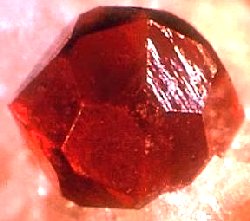
Carbuncle. |
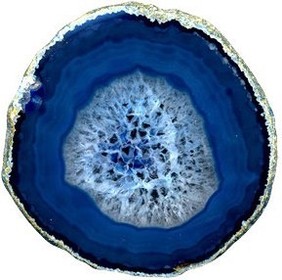
Chalcedony. |
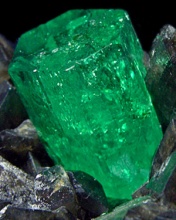
Smaragd. |

Bolt of Lightning. |
Levi’s Stone
Each of the stones on the breastplate, which was worn by the High Priest, represented one of the twelve tribes. The stone which represented the tribe of Levi is called בָרֶקֶת bareket, a word which is usually translated as carbuncle. (Exod. 28:17 & 39:10) The carbuncle is a red or orange coloured stone. In the Mechon Mamre translation, the word is translated instead as smaragd,2 this being a greenish stone of the same class as an emerald. The emerald, however, was the stone which represented the tribe of Judah – not Levi. (See Early Irish History Reconsidered.)
In the Book of Revelation (the final book in what is known as The New Testament), the third stone is called chalcedony. (Rev. 21:19) The colour of this stone varies from light blue to dark blue to black. Consider the colour on the Israeli flag, which is blue. If we also consider the tallit (the Jewish prayer shawl), although the stripes can effectively be any colour, the colours on are traditionally either light blue, dark blue or black3 – these being the various colours of chalcedony.
As stated above, the Hebrew word for this stone is בָרֶקֶת bareket, which is from the Hebrew בָּרָק barak which means lightning. If we look at a bolt of lightning, we see pretty much the self-same colours as exhibited by the chalcedony stone. These then are the colours of the tribe of Levi.
| 1. | Pliny, Natural History iii.17 (124), H. Rackham (Loeb Classical Series), W. Heinemann, London 1961. (or iii.21 in John Bostock’s translation.) [Return] |
| 2. | Mechon Mamre Exod. 28:17. [Return] |
| 3 | See for example http://en.wikipedia.org/wiki/Tallit#Tallit_gadol and http://www.ajudaica.com/blog/2012/01/the-color-of-the-tallit/. [Return] |
Dated 15 Jan 2014.
©AHR Researches.